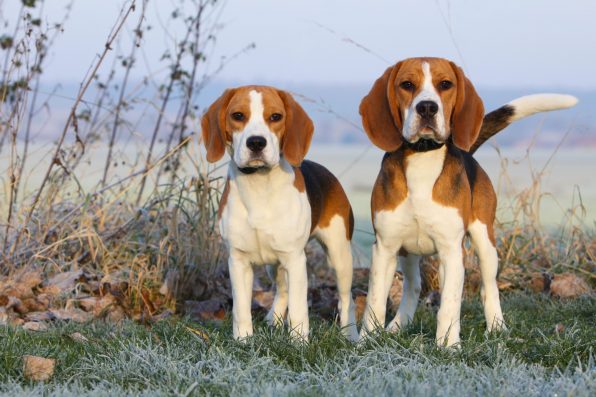At Jamestown, Virginia, ancient DNA revealed the complex dog lineages between Indigenous dogs and the dogs brought by European settlers.
Researchers from the University of Illinois Urbana-Champaign and the University of Iowa wanted to better understand the time period when North American dog lineages were replaced with European ones, so they sequenced mitochondrial DNA from ancient dog remains.
Europeans and Native Americans both valued their dogs as companion animals. They used them for work and as symbols of identity. The dogs also reflected the strained relationship between Europeans and Native Americans.
For example, the settlers described Indigenous dogs as “mongrels,” adding to their narrative that Indigenous people did not breed, train or own their dogs.
Meanwhile, the Indigenous peoples saw European dogs as a threat to their existence. So, they did what they could to limit the spread and use of European dogs.
“Previous studies had suggested that there were a lot of Indigenous dogs in the continental United States and that they were eradicated,” Ariane Thomas, a Ph.D. graduate of anthropology from the University of Iowa, said. “We wanted to understand what that entailed: when it happened, were they culled, was it the competition with European dogs or was it disease?”
Due to the number of canid remains at the Jamestown colony of Virginia, the researchers focused their studies on that particular site, especially since there was also evidence of Indigenous influence. They analyzed 181 canid bones that represented at least 16 dogs.
They then selected 22 remains that were from 1607 to 1619. Finally, they extracted the DNA at an ancient DNA lab and sequenced the data to get a clearer picture of the dogs’ ancestral background.
The team estimated that the majority of dogs at Jamestown weighed between 22 and 39 pounds, comparable to the beagles and schnauzers of today. Furthermore, many of the dog bones showed signs of damage from humans, including cut marks and burns.

Sign up for Chip Chick’s newsletter and get stories like this delivered to your inbox.


